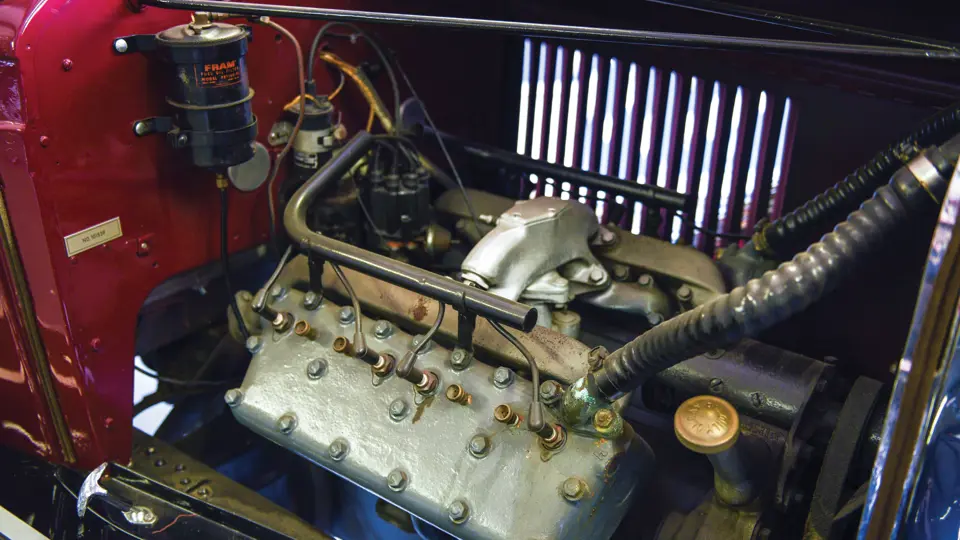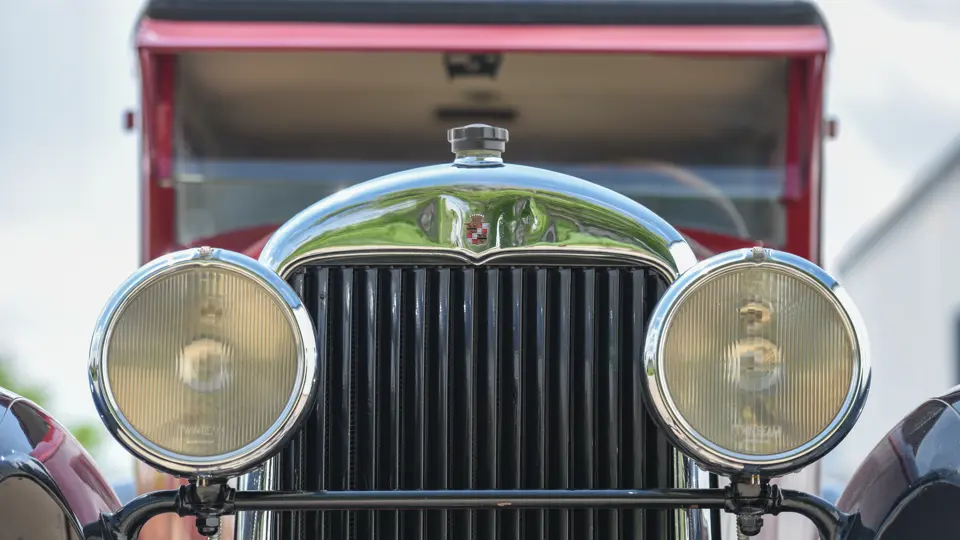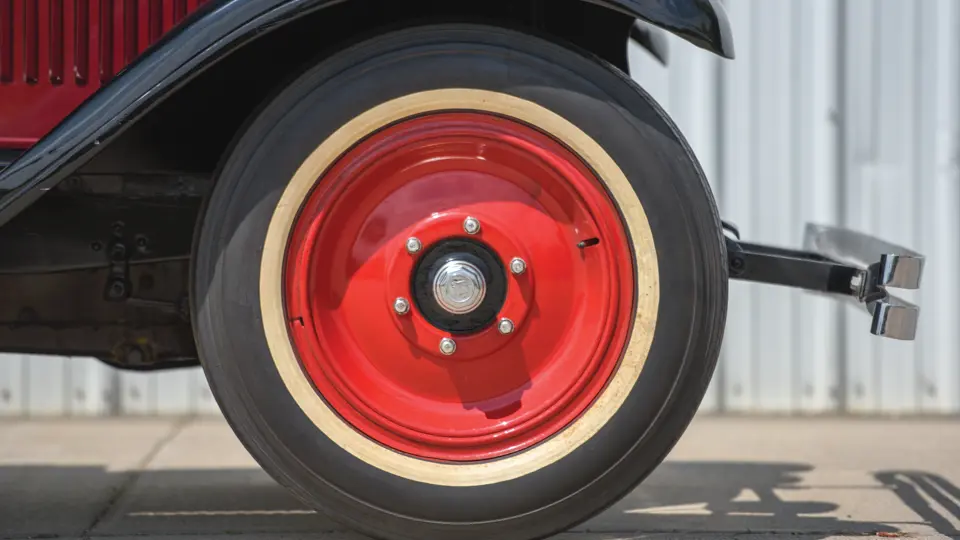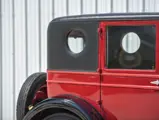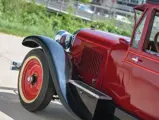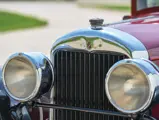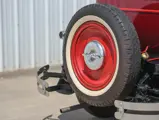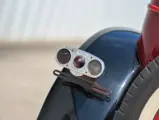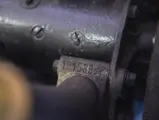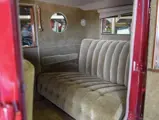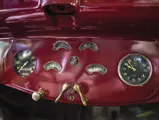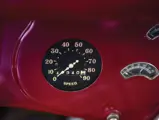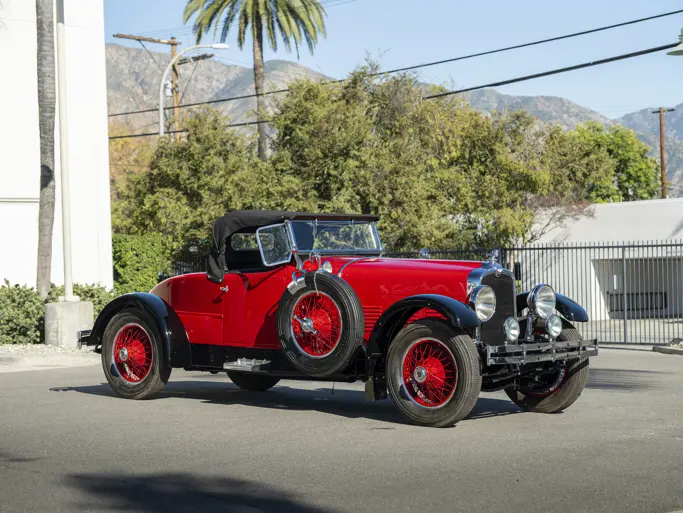By the end of 1923, Cadillac had produced more than 160,000 V-8–engine automobiles, well proven in use, including 2,000 sent overseas as staff cars in World War I. Newly promoted chief engineer Ernest Seaholm, who would oversee Cadillac’s technical developments for nearly two decades, directed the first major redesign to the groundbreaking engine. Until that time, it was common to design a V-8 as two four-cylinder engines on a common “flat” crankshaft. This worked well enough, but was subject to inherent imbalance that gave the engine a certain roughness.
For 1924 Cadillac introduced a balanced, two-plane crankshaft counterweighted with rod journals at 90 degrees to one another, the way all V-8s are made today. The difference was dramatic. The engines exhibited remarkable smoothness and, thanks to a lighter flywheel, developed more power. The other major improvement to the new V-63 model Cadillacs was four-wheel braking, which was becoming increasingly popular in the market, although the system was mechanical, not hydraulic, as used by Duesenberg and Chrysler.
Introduced at the beginning of August 1925 was the new Series 314 Cadillac, considered a 1926 model. A much-reengineered version of the V-63, it took its name from the engine displacement, an engine that itself was reengineered. In the process, weight was reduced by 250 pounds and horsepower rose by nearly 10 percent. Prices, on the other hand, were reduced by as much as $500.
This Series 314 Cadillac, one of the first, was shipped from the factory on 14 August 1925 and delivered 25 August to customer J.L. Boyer of Greenville, Ohio. The Cadillac ledger shows it as a 132-inch Chassis Custom with disc wheels. There are no details of the body that was fitted for the customer. The current body is much like several that Cadillac offered to the professional and livery trade, with a slanted windshield and opera windows in the rear quarters, which, like the top, are covered in black leatherette. Unusually for a Cadillac of this period, it has vertical cowl ventilators on each side and sidelamps that are flared into the cowl.
The Merrick Auto Museum purchased it in 1996 from Charles Baldwin of Colorado Springs, Colorado. Painted maroon with red moldings, it has black fenders and body-color disc wheels with Lester whitewall tires. The interior is upholstered in brown mohair, and the floor is carpeted in the same theme. The dashboard is standard 1926 Cadillac, although the speedometer looks to have been changed. The engine compartment is sanitary, but not over-detailed. The engine unit number matches the factory build record.
Whatever the Cadillac’s history, it is a stately automobile and commands immediate notice.
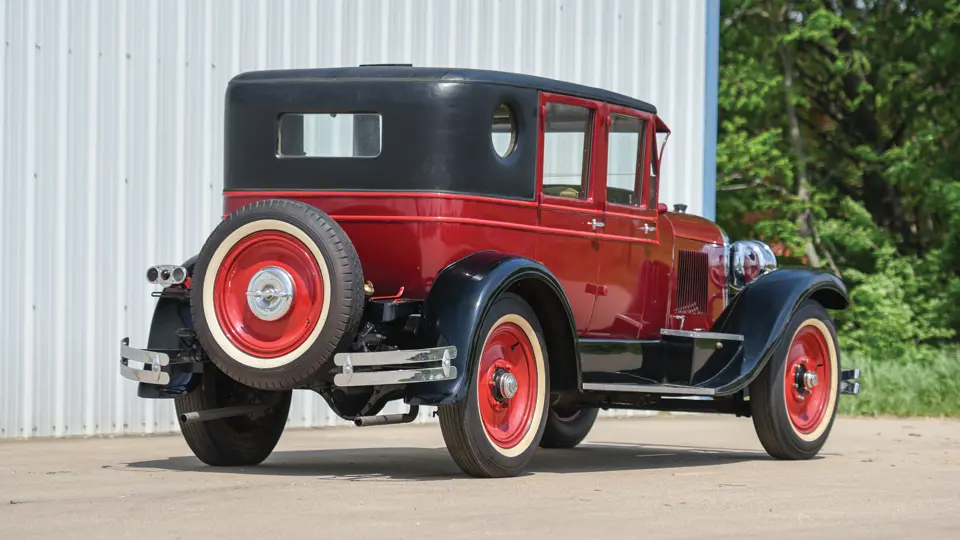
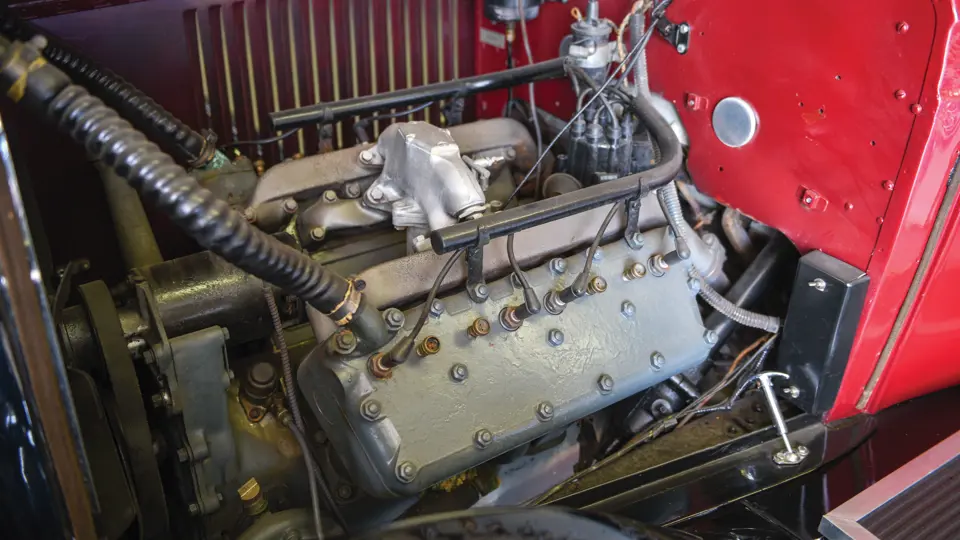


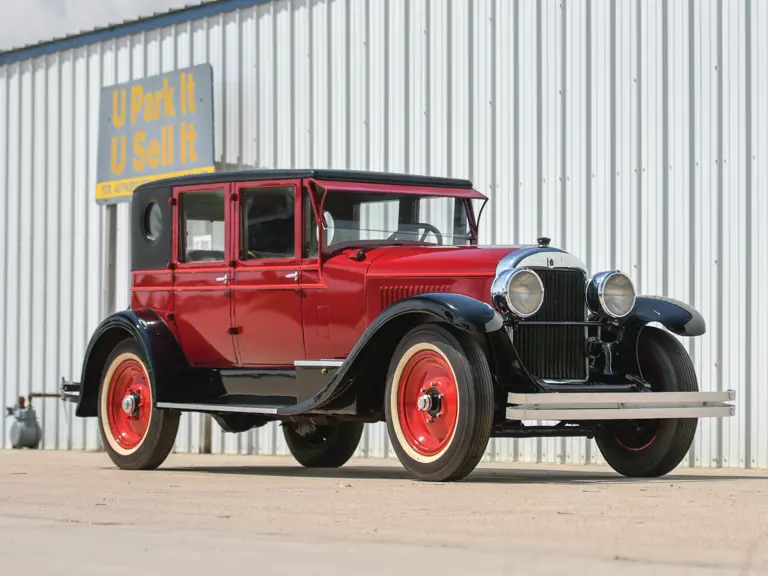
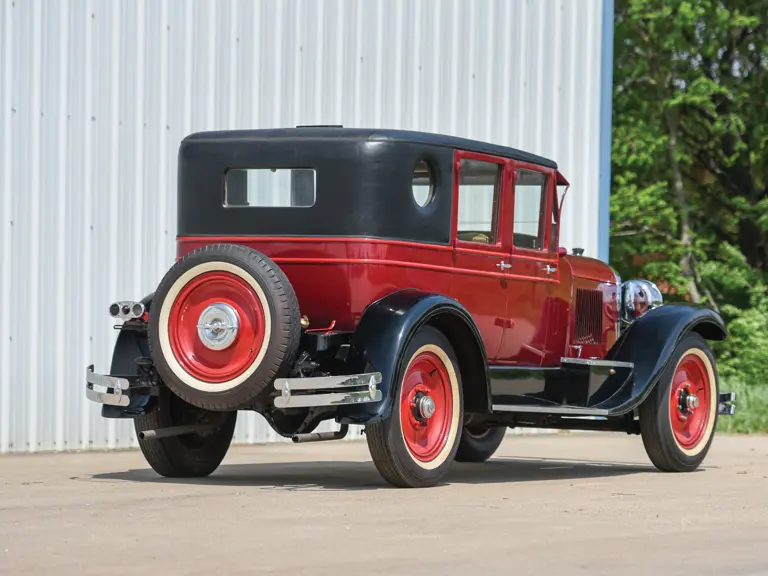
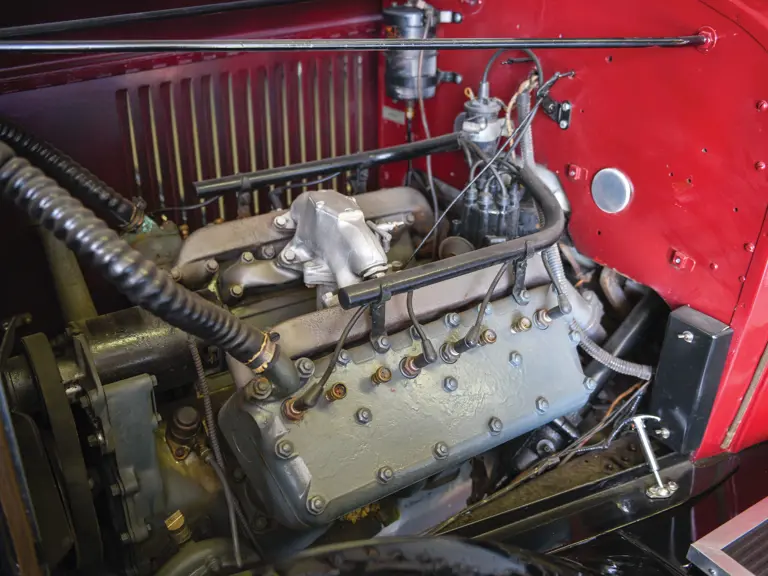

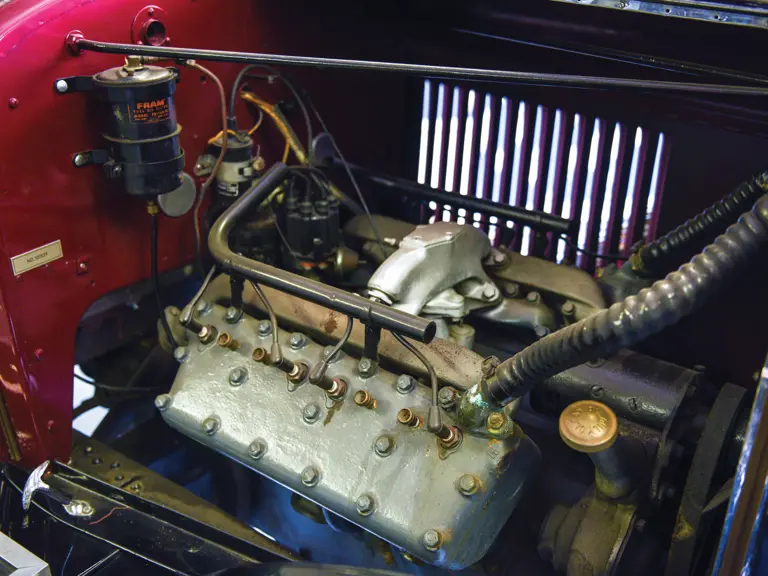
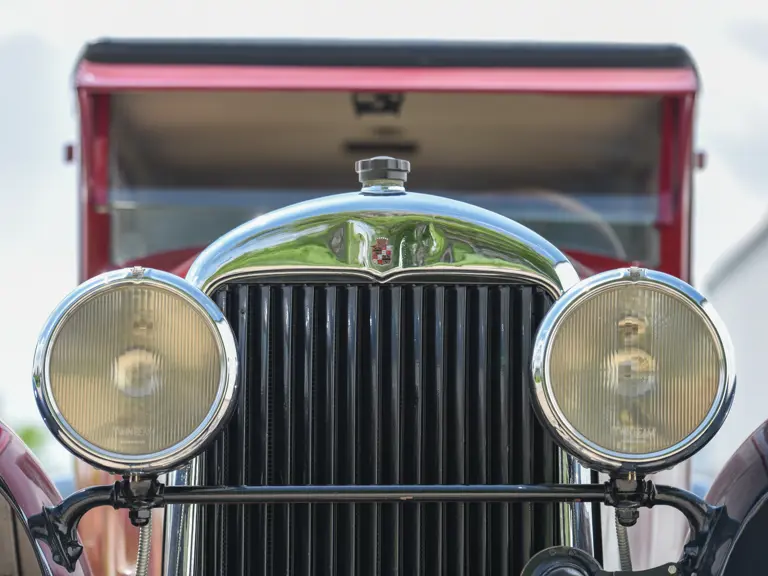
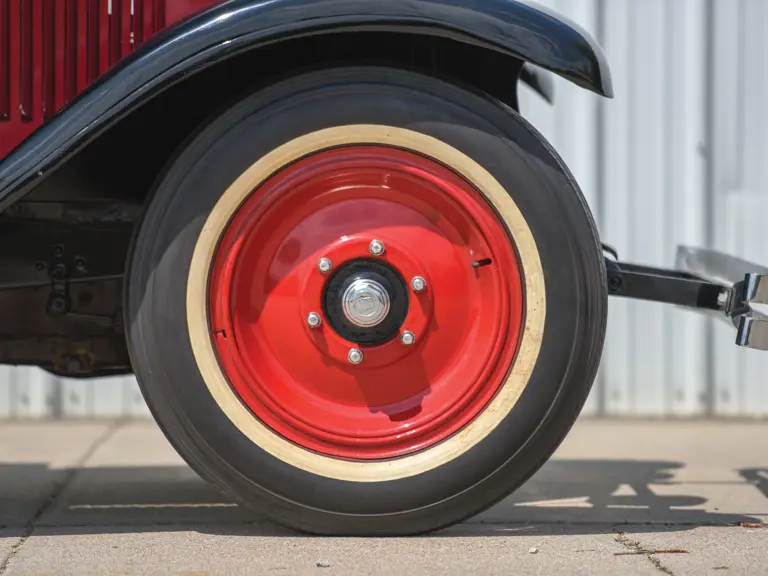
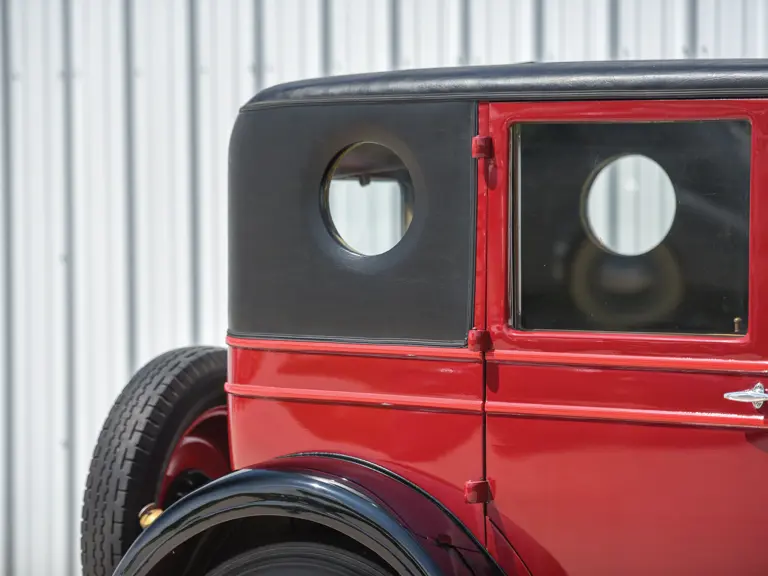
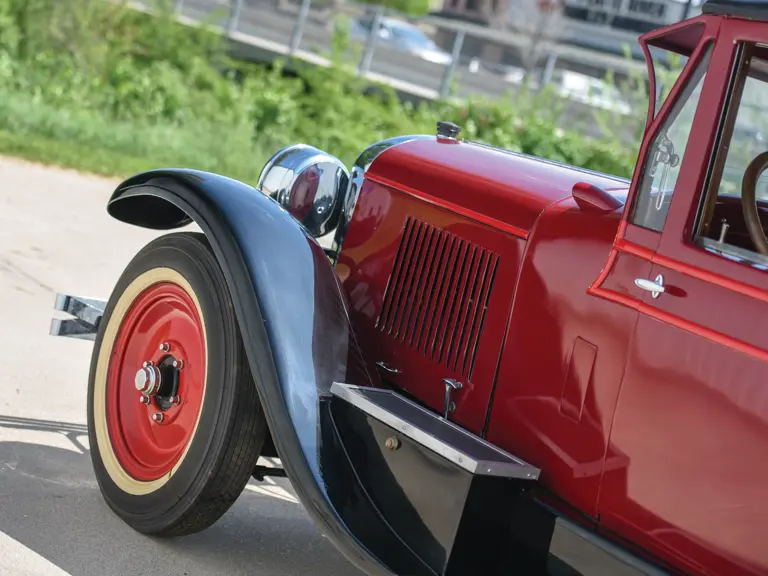
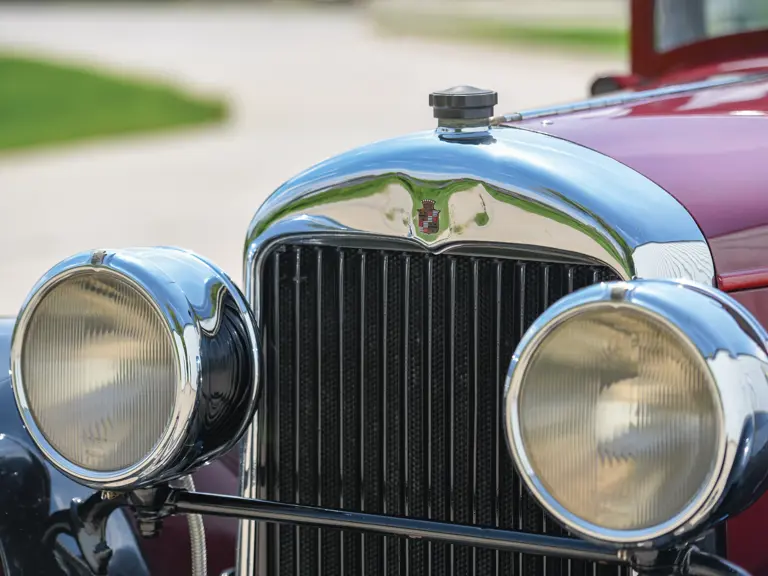
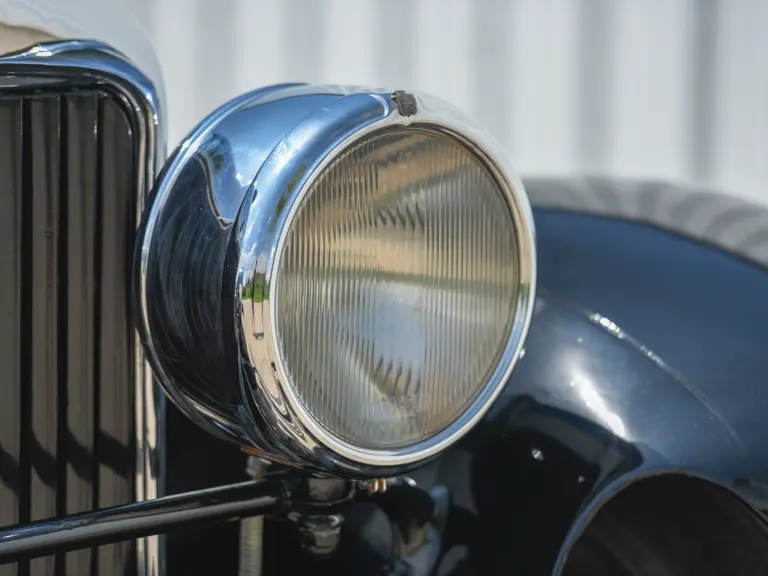
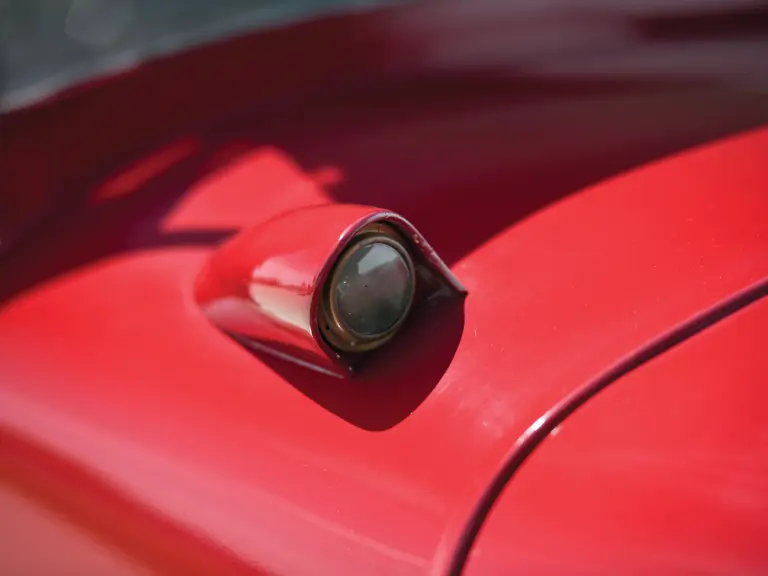
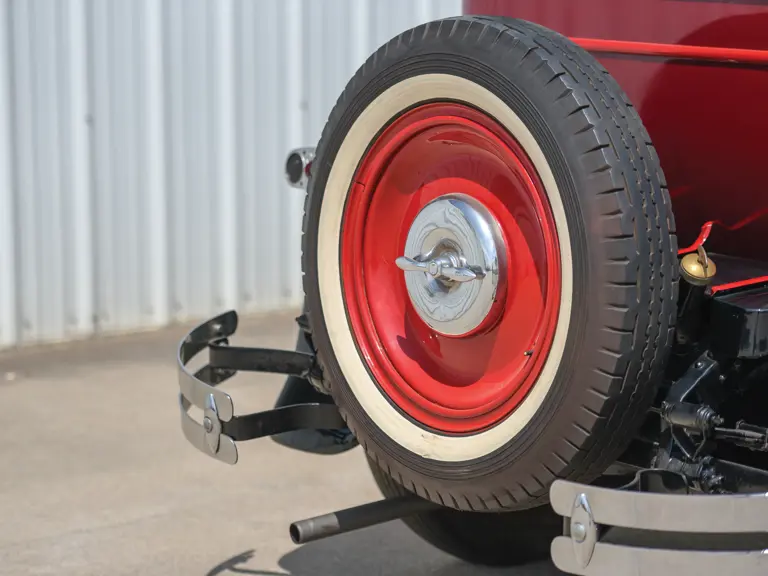

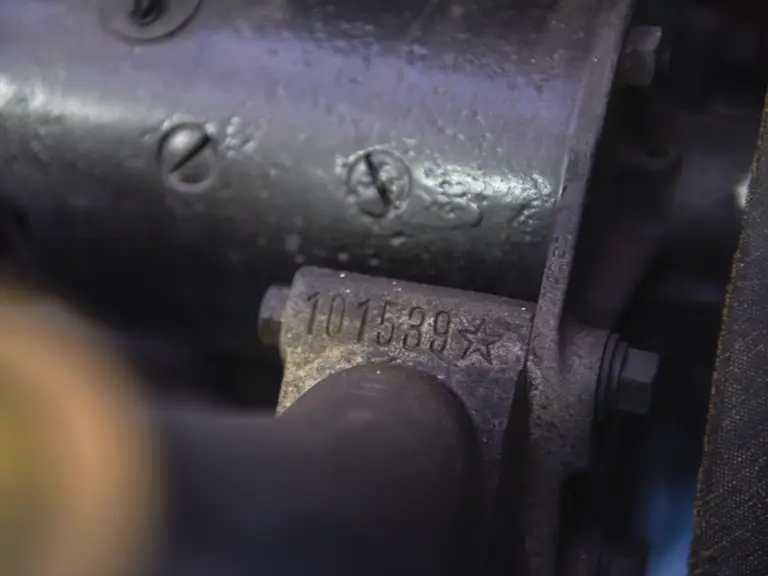
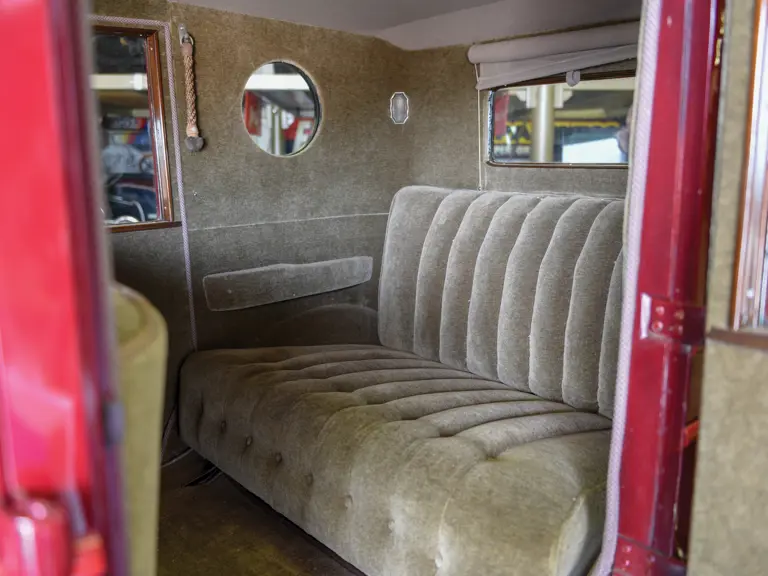
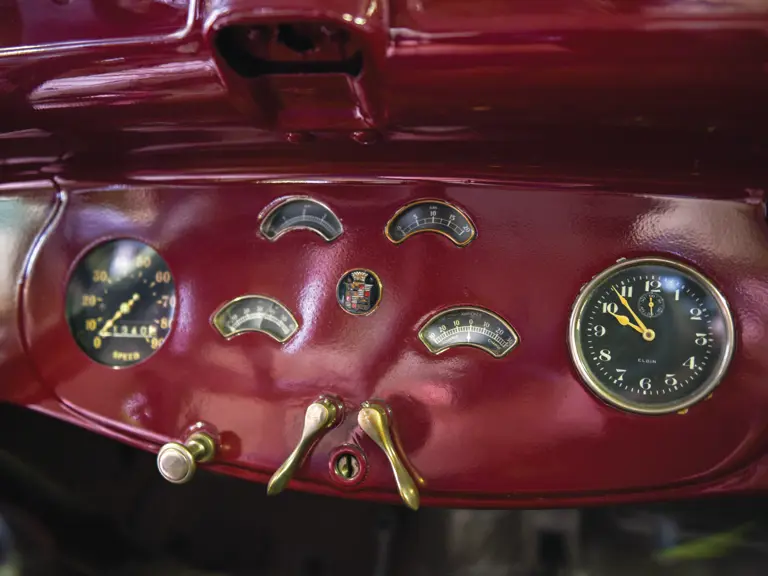

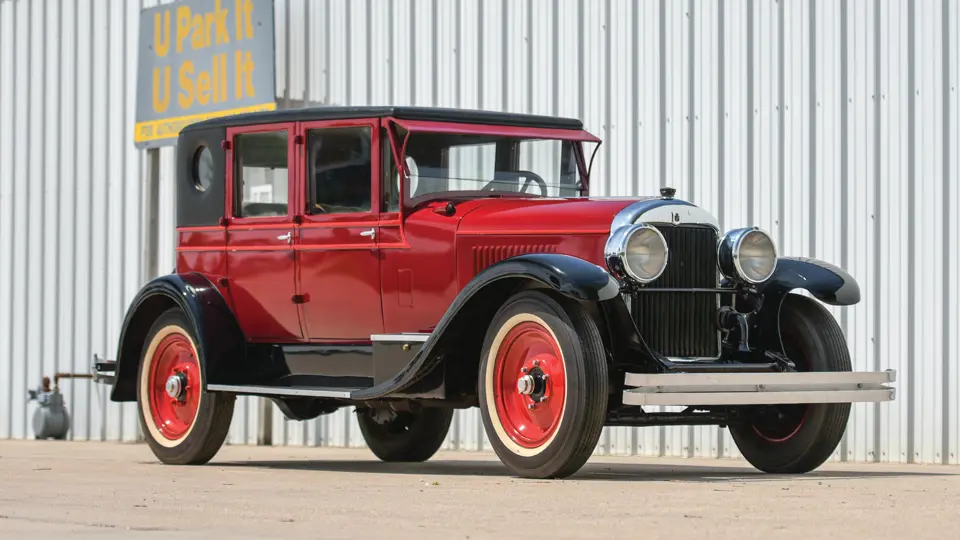
 | Hershey, Pennsylvania
| Hershey, Pennsylvania
